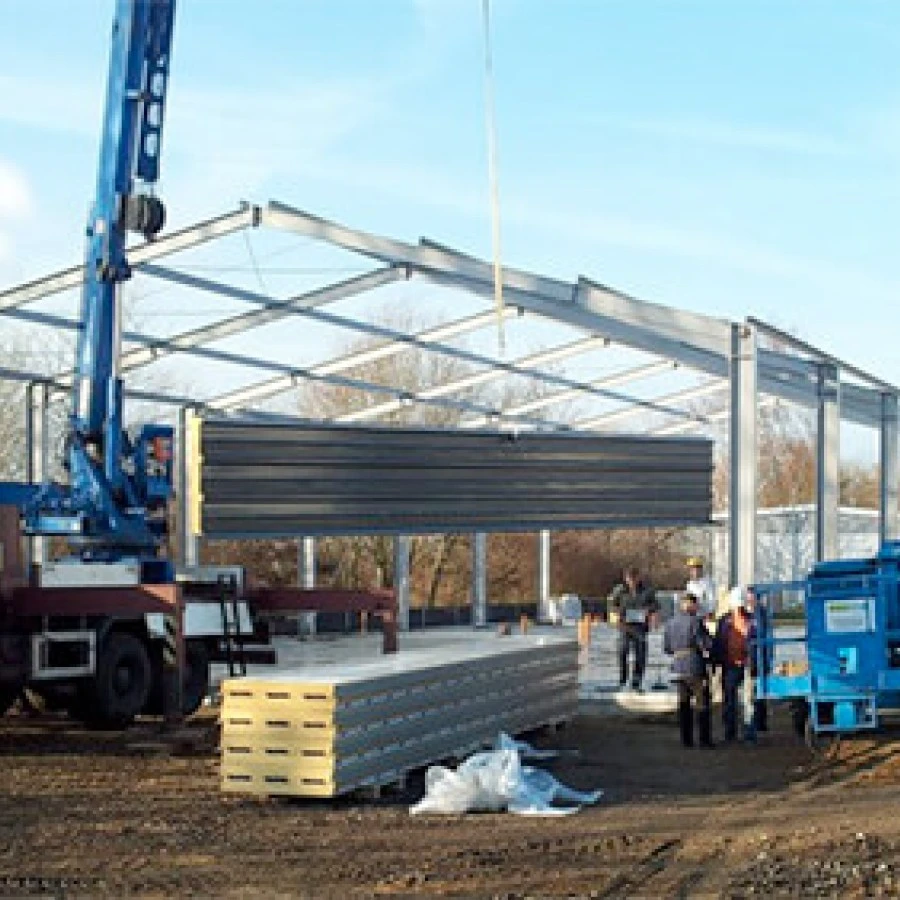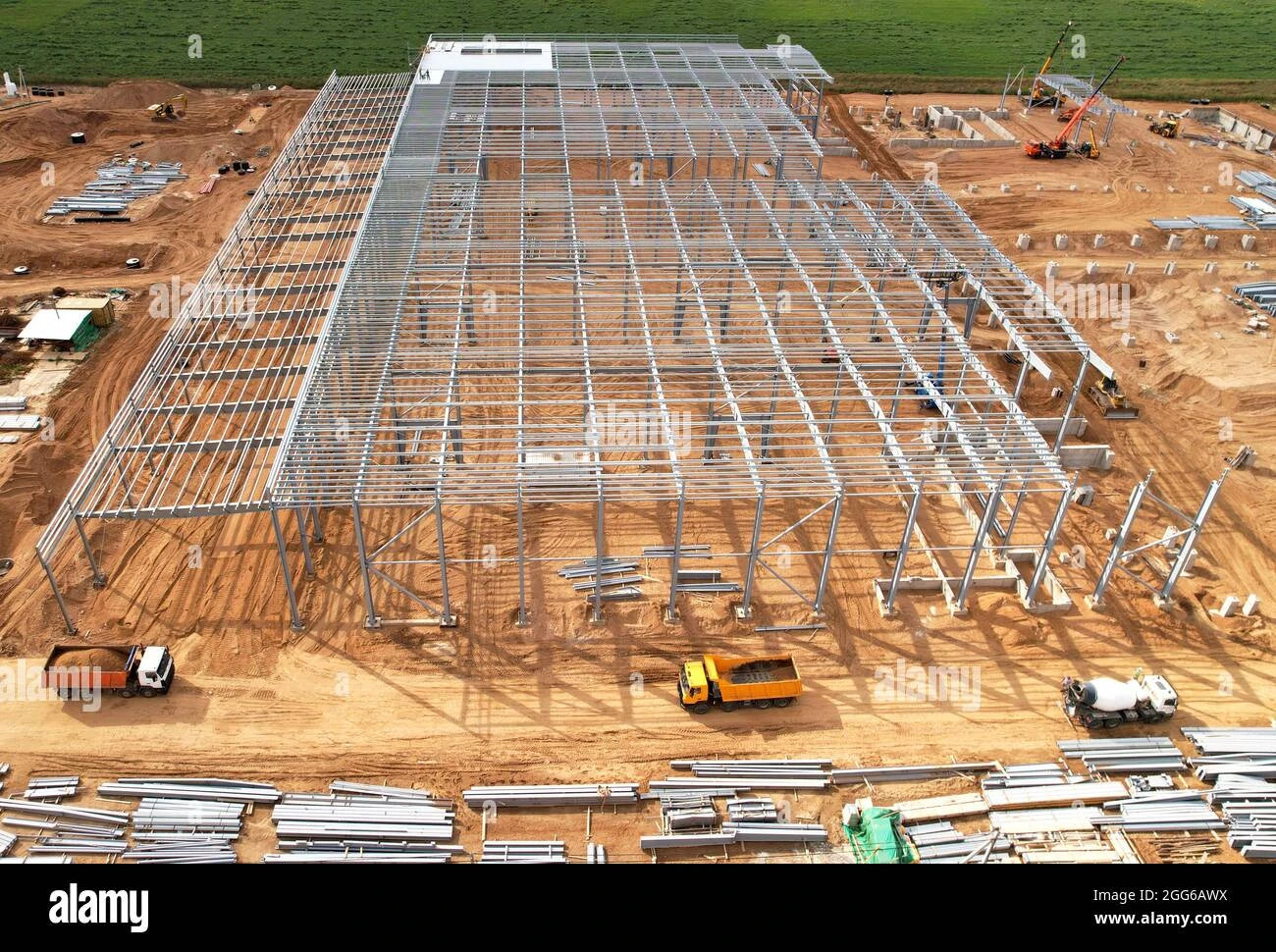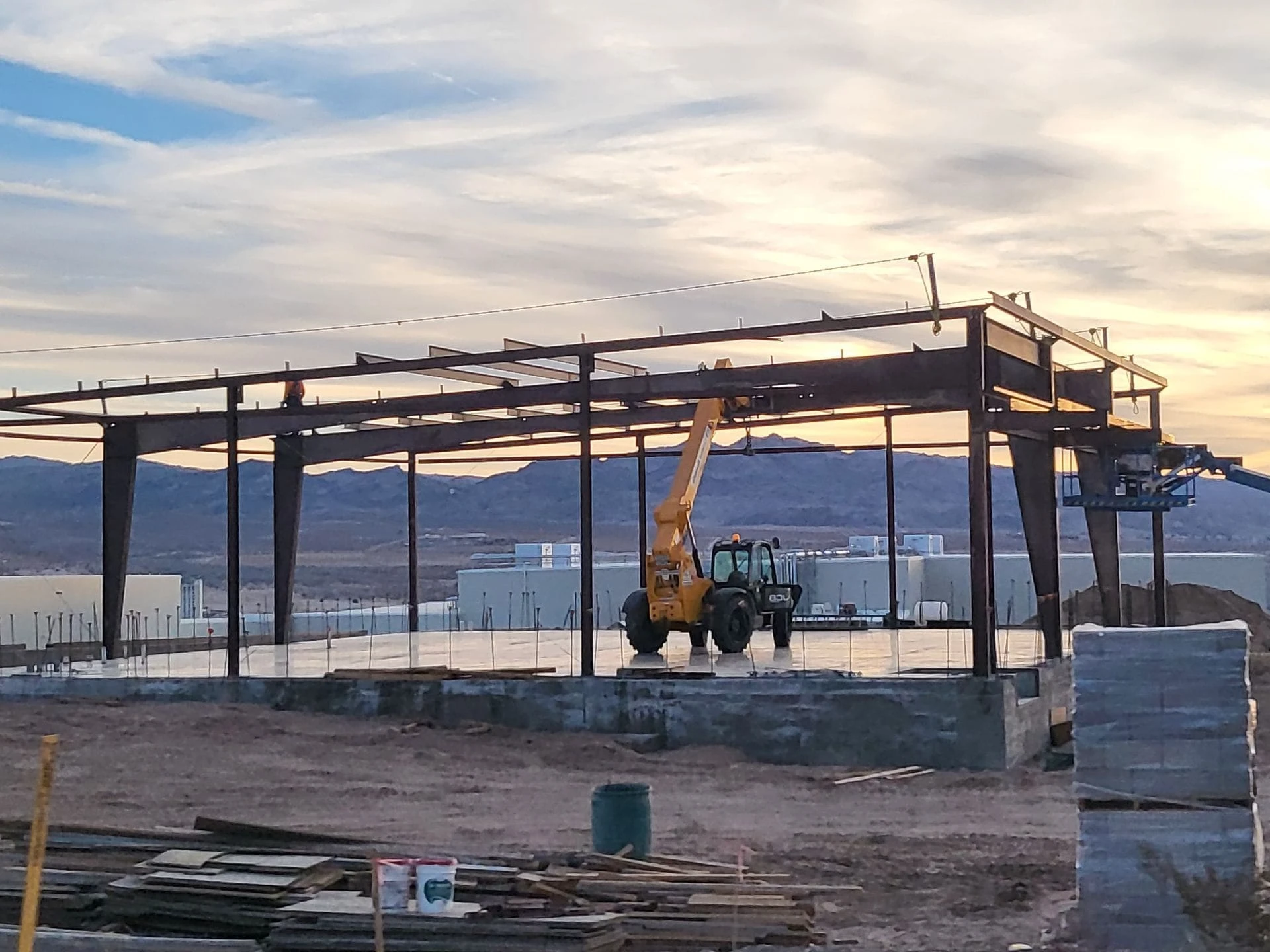- Afrikaans
- Albanian
- Amharic
- Arabic
- Armenian
- Azerbaijani
- Basque
- Belarusian
- Bengali
- Bosnian
- Bulgarian
- Catalan
- Cebuano
- Corsican
- Croatian
- Czech
- Danish
- Dutch
- English
- Esperanto
- Estonian
- Finnish
- French
- Frisian
- Galician
- Georgian
- German
- Greek
- Gujarati
- Haitian Creole
- hausa
- hawaiian
- Hebrew
- Hindi
- Miao
- Hungarian
- Icelandic
- igbo
- Indonesian
- irish
- Italian
- Japanese
- Javanese
- Kannada
- kazakh
- Khmer
- Rwandese
- Korean
- Kurdish
- Kyrgyz
- Lao
- Latin
- Latvian
- Lithuanian
- Luxembourgish
- Macedonian
- Malgashi
- Malay
- Malayalam
- Maltese
- Maori
- Marathi
- Mongolian
- Myanmar
- Nepali
- Norwegian
- Norwegian
- Occitan
- Pashto
- Persian
- Polish
- Portuguese
- Punjabi
- Romanian
- Russian
- Samoan
- Scottish Gaelic
- Serbian
- Sesotho
- Shona
- Sindhi
- Sinhala
- Slovak
- Slovenian
- Somali
- Spanish
- Sundanese
- Swahili
- Swedish
- Tagalog
- Tajik
- Tamil
- Tatar
- Telugu
- Thai
- Turkish
- Turkmen
- Ukrainian
- Urdu
- Uighur
- Uzbek
- Vietnamese
- Welsh
- Bantu
- Yiddish
- Yoruba
- Zulu
Nov . 24, 2024 10:58 Back to list
Light Gauge Steel Frame Construction An Overview
Light gauge steel frame construction has emerged as a popular method in the building industry due to its strength, durability, and efficiency. This construction technique utilizes thin sheets of steel, often less than a quarter of an inch thick, which are pre-fabricated into standardized components. This innovation not only reduces material waste but also speeds up the construction process, making it an appealing choice for both residential and commercial projects.
One of the primary benefits of light gauge steel framing is its lightweight nature. This characteristic allows for easier handling and transportation of materials, which can significantly lower construction costs and time. Additionally, steel does not warp, crack, or shrink like wood, making it a more reliable option in various weather conditions. This stability is particularly important in areas prone to severe weather, such as hurricanes or earthquakes, as light gauge steel frames can withstand significant lateral loads.
The construction process of light gauge steel frames typically begins with designing the building's framework using computer-aided design (CAD) software. This allows for precise measurements and customizations that traditional framing methods might not easily accommodate. Once the design is finalized, the components are factory-made, ensuring consistency and quality in each piece. Contractors then assemble these components on-site, significantly reducing construction time compared to conventional methods.
light gauge steel frame construction

In terms of sustainability, light gauge steel framing is highly favorable. Steel is recyclable, and using pre-manufactured components reduces waste and energy consumption during the building process. Moreover, the thermal efficiency of steel frames can be enhanced with insulation systems, making buildings more energy-efficient. As a result, light gauge steel frame construction aligns well with contemporary goals of sustainability in the construction industry.
Furthermore, light gauge steel frames offer design flexibility. Architects and builders can create complex shapes and designs without compromising structural integrity. This flexibility enables innovative architectural solutions that can cater to aesthetic preferences while maintaining functionality.
Nonetheless, some challenges accompany light gauge steel frame construction. One of the main concerns is the potential for corrosion if steel is not properly treated or protected. Appropriate coatings, such as galvanization, can mitigate this risk, ensuring that structures remain durable over time. Adequate training and expertise are also required for workers to handle and assemble steel frame components correctly, which might entail additional investment.
Overall, light gauge steel frame construction presents numerous advantages, making it a robust solution for modern building projects. Its lightweight and durable properties, along with sustainability benefits, cater to the growing demands for efficient construction methods. As technology progresses, the use of light gauge steel in construction is likely to become even more prevalent, helping to shape the future of building practices worldwide.
-
Navigating the World of Steel Building Services: Who to Choose?
NewsJun.23,2025
-
How Do Steel Frame and Prefab Building Factories Shape Modern Construction?
NewsJun.23,2025
-
How Do Steel and Metal Structures Shape Modern Industrial Spaces?
NewsJun.23,2025
-
How Do Prefab Buildings of Various Sizes Meet Modern Construction Needs?
NewsJun.23,2025
-
How Do Factory Buildings and Metal Structures Redefine Industrial Infrastructure?
NewsJun.23,2025
-
Exploring Key Aspects of Industrial Building Development: What You Need to Know?
NewsJun.23,2025
Products categories
Our Latest News
We have a professional design team and an excellent production and construction team.











